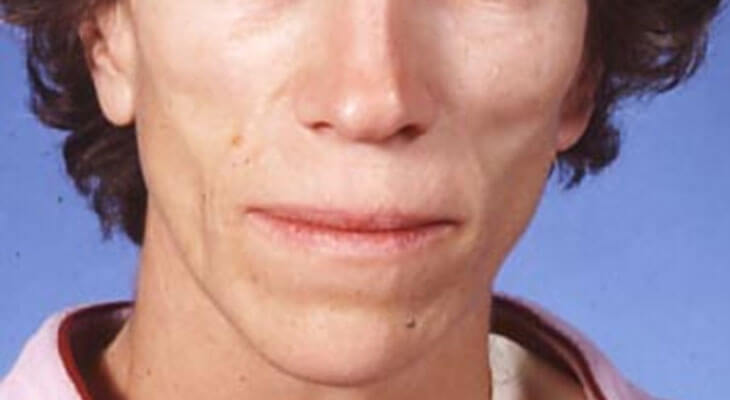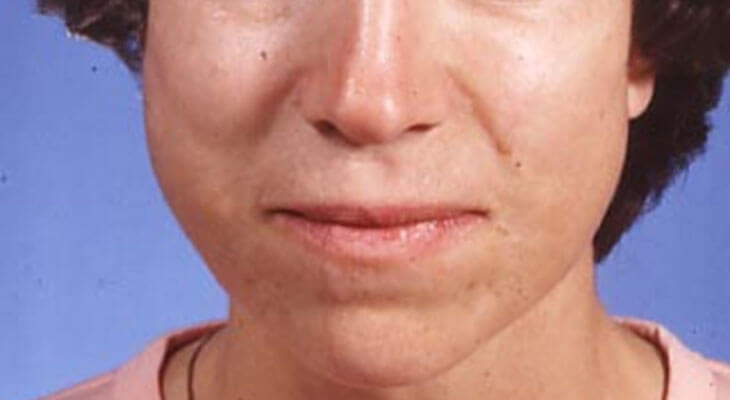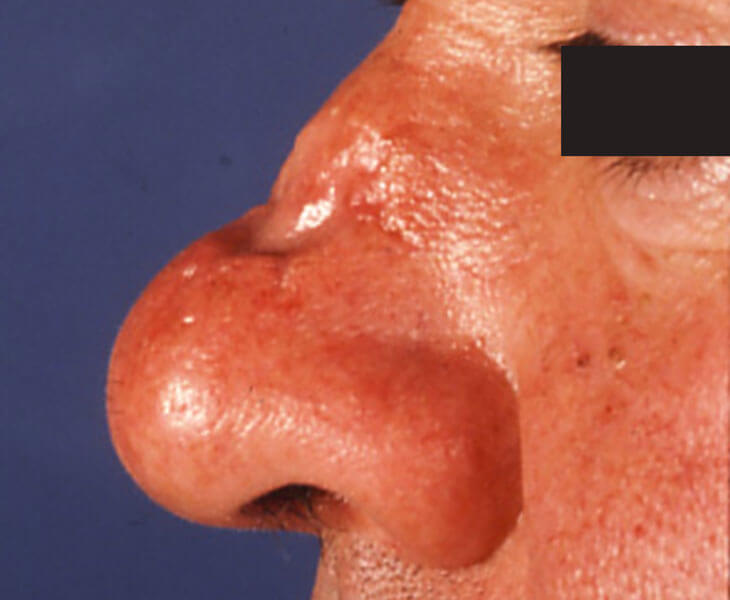Lipofilling
Autologous fat tissue transplantation
WHAT IS LIPOFILLING?
Autologous fat tissue transplantation (lipofilling) is the transplanting of the body’s own fat cells from one part of the body to another.
This valuable method was performed not only for cosmetic purposes, but also for many patients with post-traumatic and post-inflammatory facial atrophies. Above all, patients with hemilateral atrophy after scleroderma benefited from this method. At that time, breast atrophy (tissue atrophy) after severe weight loss or after pregnancy was also successfully treated with autologous fat tissue transplantation.
The HIV-positive patients with lipodystrophy are another group of patients who could be helped with liposuction and autologous fat tissue transplantation. It is precisely these patients who feel stigmatized by these specific changes and suffer greatly from them. Above all, the correction of the severely sunken submalar region on the face (cheek and cheekbone area) leads to a significant improvement in the quality of life.


Drag the arrows to view the before and after pictures.


Drag the arrows to view the before and after pictures.
How is lipofilling performed?
The autologous fatty tissue is obtained by outpatient fat suction (liposuction) in TLA (tumescent local anesthesia). The required amount of fatty tissue is obtained from a suitable location using special cannulas and disposable syringes and then transplanted into the desired body region using thin, blunt cannulas or needles. In the case of scars, the existing adhesions are first loosened with a special instrument (dissector).
The lipofilling itself does not cause any scars. Since not all cells grow during the first treatment, a further treatment is carried out after a few months if necessary. Recently, attempts have been made to improve the effect of autologous fat tissue transplantation by enriching the fat transplant with autologous stem cells from the fat tissue.
What problems can be treated with lipofilling?
In principle, any defect in the area of skin fatty tissue can be treated with lipofilling. This includes:
- sunken scars after accidents or operations,
- Defects after inflammatory diseases (scleroderma),
- atrophies after radiation or insulin injections,
- Breast atrophy, unequally sized breasts or
- Facial atrophy in HIV-positive men.
Aesthetic indications for lipofilling are:
- age-related lipoatrophy of the face, backs of hands, earlobes, labia and buttocks.
- Deep wrinkles and furrows can be treated as well
- thin lips or sunken temples.
The treatment has a significant rejuvenating effect on the face. A clearly noticeable improvement can also be achieved with the lipofilling method in the case of sagging and/or loss of volume in the breasts.


Drag the arrows to view the before and after pictures.
What side effects can there be after lipofilling?
In general, complications with lipofilling are rarely observed. The most common side effect is bruising, which, however, goes away without complications after 2-3 weeks. Swelling can also occur, but this also subsides after a few days. Immediately after the treatment, slight pain may occur, which can be treated with an analgesic (painkiller) if necessary. Infections or necrosis (tissue destruction) are extremely rare.
What result can the patient expect after lipofilling?
The result after a lipofilling should fill in the defect and thus improve it or correct it completely. In the case of atrophy and scars, the result is very permanent. In the case of aesthetic indications, a correction must be made from time to time due to further age changes.
Individual consultation
Individual consultation: We would be happy to consult you extensively on the individual examinations and treatment options in one of our offices. You are also welcome to schedule an appointment online.
